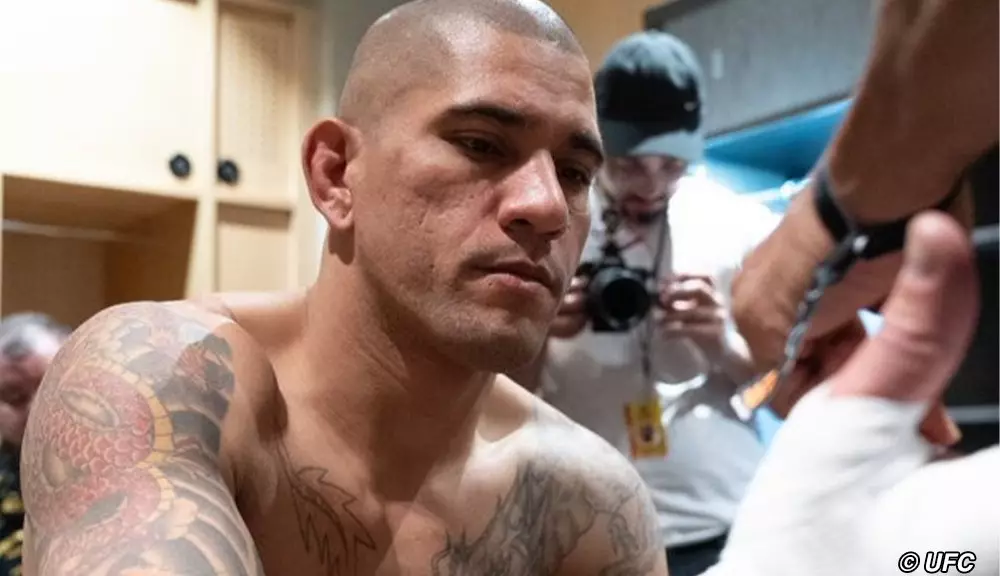The landscape of mixed martial arts (MMA) is continuously evolving, and recent developments surrounding UFC 313 highlight a significant shift in how fighters are compensated. The introduction of the UFC Promotional Guidelines Compliance (PGC) program is a game-changer, offering a structured and fair approach to remuneration that has far-reaching implications for fighters and their financial futures. The recent event in Las Vegas demonstrated that the UFC is not only committed to delivering exhilarating fights but also to improving the economic well-being of its athletes.
A Closer Look at PGC Payments
At UFC 313, fighter payouts from the new PGC program totalled an impressive $213,500. Unlike the previous compensation model, which lacked transparency, the PGC creates clear tiers based on experience and past performances. For instance, a fighter’s financial rewards are now directly tied to the number of bouts within the UFC and affiliated organizations like WEC and Strikeforce. This encourages fighters to not only participate in more fights but also to maintain a presence in the octagon, fostering a more active and competitive atmosphere.
Moreover, the payout structure incentivizes fighters based on their accumulation of experiences, starting from as low as $4,000 for newcomers to the sport and scaling up to $21,000 for seasoned veterans with extensive records. Champions and title challengers benefit even more, receiving $42,000 and $32,000, respectively. This strategy not only recognizes fighters’ achievements but also promotes the idea that longevity and consistency within the UFC come with tangible rewards.
Royalty Payments: An Innovative Approach
Another groundbreaking aspect of the PGC program is the introduction of royalty payments. The promise of receiving 20-30 percent royalties on merchandise sales featuring their likeness represents a significant financial opportunity for fighters, allowing them to earn income even when they are not actively competing. This model aligns with industry best practices across various sports, making it clear that the UFC is evolving alongside its athletes.
While many fighters have previously faced financial instability, this initiative signals a commitment to their long-term prosperity. As fighters gain popularity and draw in fans, their earning potential can significantly increase, promoting a more sustainable career path in a sport often characterized by short-lived success.
Challenges and the Road Ahead
Despite these strides, challenges remain. The effectiveness of the PGC program will heavily depend on the UFC’s commitment to transparency and fair distribution of payments. Critics argue that while the structure appears fair, its implementation must be closely monitored to avoid any discrepancies or favoritism. For the new compensation model to truly empower fighters, it must be applied consistently and predictably.
Overall, UFC’s transformation in fighter compensation represents a promising direction, emphasizing fairness and sustainable income in a notoriously uncertain industry. As the promotion continues to adapt, it will be fascinating to watch how these changes shape the lives of fighters in the years to come. The financial empowerment of these athletes is not just about fighter paychecks; it’s about redefining the culture of the sport and ultimately prioritizing the welfare of its participants.

